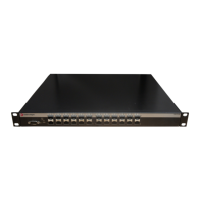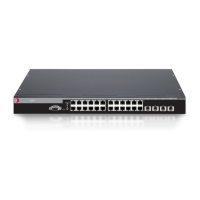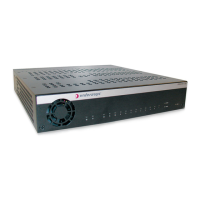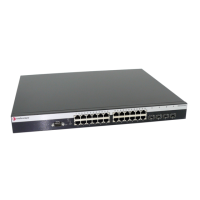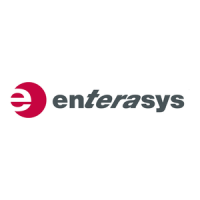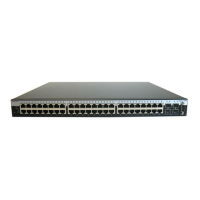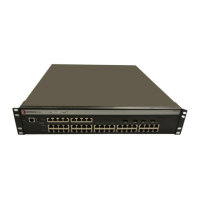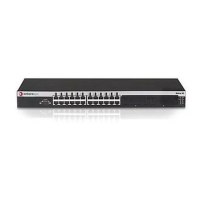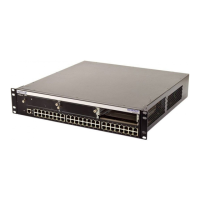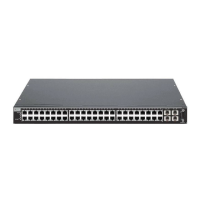set lldp port network-policy
10-30 Discovery Protocol Configuration
Defaults
None.
Mode
Switch command, read-write.
Usage
This feature allows administrators to quickly provision LLDP end-points via the switch. LLDP
clients will use these LLDP network policy parameters for traffic originating from the end-point.
As described in the ANSI/TIA Standards document 1057, the Network Policy TLV is “intended for
use with applications that have specific real-time network policy requirements, such as interactive
voice and/or video services” and should be implemented only on direct links between network
connectivity devices and endpoint devices. Refer to the ANSI/TIA Standards document 1057 for
descriptions of the application types.
guest-voice Configures the guest voice application.
guest-voice-signaling Configures the guest voice signaling application.
This application will not be advertised if the guest-voice
application is configured with the same parameters.
softphone-voice Configures the softphone voice application.
video-conferencing Configures the video conferencing application.
streaming-video Configures the streaming video application.
video-signaling Configures the video signaling application.
This application will not be advertised if the video-conferencing
application is configured with the same parameters.
state enable | disable (Optional) Enables or disables advertising the application
information being configured.
tag tagged | untagged (Optional) Indicates whether the application being configured is
using a tagged or untagged VLAN. If untagged, both the VLAN ID
and the CoS priority fields are ignored and only the DSCP value
has relevance.
vid vlan-id | dot1p (Optional) VLAN identifier for the port. The value of vlan-id can
range from 1 to 4093.
Use dot1p if the device is using priority tagged frames, meaning
that only the IEEE 802.1D priority level is significant and the
default PVID of the ingress port is used.
cos cos-value (Optional) Specifies the Layer 2 priority to be used for the
application being configured. The value can range from 0 to 7. A
value of 0 represents use of the default priority as defined in IEEE
802.1D.
dscp dscp-value (Optional) Specifies the DSCP value to be used to provide Diffserv
node behavior for the application being configured. The value can
range from 0 to 63. A value of 0 represents use of the default DSCP
value as defined in RFC 2475.
port-string Specifies the port or range of ports to be affected.
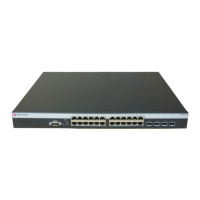
